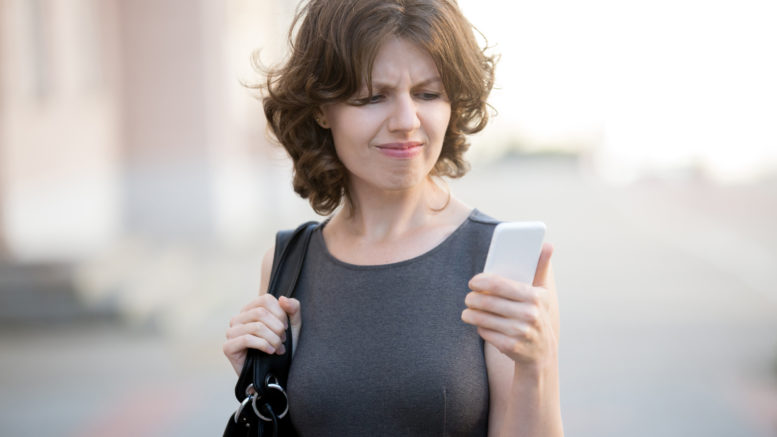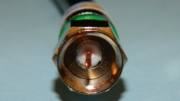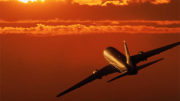Let’s keep this simple. You do not have to dial “1” before an area code, if you are calling from a cell phone. But, if you do the call will still go through.
And now on to the rest of the article. Hey, you’ve clicked on this page you may as well take the time to learn a little more about stuff.
About area codes
The system of area codes was adopted for the first time in 1947 to allow direct dialing of long distance numbers. Before that, and well into the 1960s when the system was fully implemented, you called outside your area by calling the operator and asking for a long distance call. That’s right kids, there was a real person on the other side of the land line whose job it was to connect you to someone else. I know, it sounds almost unimaginable.
United States area codes originally followed a very predictable pattern. They started with a number from 2 to 9. 8 was used for toll-free calls (back when phone companies charged per minute) while 9 was used for calls where you were charged by the minute but the money went to someone else.
Every area code had either zero or one as the middle digit. Computers at the time were so simple that you had to use some very simple rules. The local three digit prefix code (the three numbers after the area code) never had a one or zero as the middle digit. So these simple devices were able to tell if you were dialing an area code or a local number by whether or not the second digit was a one or zero, or something else.
The hidden secret of area codes
Area codes were assigned so large cities had the lowest numbered area codes. It was no coincidence that New York got 212, Los Angeles got 213, Philadelphia got 215, and Chicago got 312. The reason was almost funny by today’s standards.
You either recognize the image above or you don’t. At the time area codes were assigned, it was the height of high tech. And when you used it, it took longer to dial a “0” than it took to dial a “1.” So, folks in busy cities got area codes with low numbers. It took less time to dial those low numbers, and city dwellers value every moment. At least, that was the perception.
Getting back to the “1”
As I wrote, the original area code plan went from 201 to 919. There were not (and are still not) area codes in the 100s. That’s because “1” was reserved in the calling plan.
A lot of people think that dialing “1” is a way to tell the system you want long distance. And yes, kinda, it is. But really, it’s a country code.
A country code?
Yes, every country has a one or two digit code that you can use to dial. For the United States, that number is “1.” Yep, we had the choice of which number to get and we chose “1.” To get make an international call from most countries, you dial 011, then the country code, then the local phone number. If you are in the US, you don’t have to dial 011, but if you’re outside the local area you still dial the country code, 1, which let those primitive computers know that you were trying to get someone outside your local area.
Why doesn’t it matter if you dial “1” or not?
Because, well, it’s the 21st century and computers are smarter than that. When you make a voice call, the computers are smart enough to figure out where you’re trying to call. They’re also smart enough to ignore the “1” if you’re the sort of person who puts it in.
So, go nuts. If you want to use the 1, use it. If you don’t want to use the 1, don’t use the 1.






